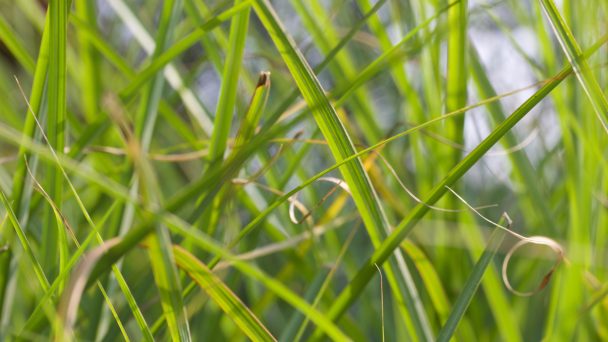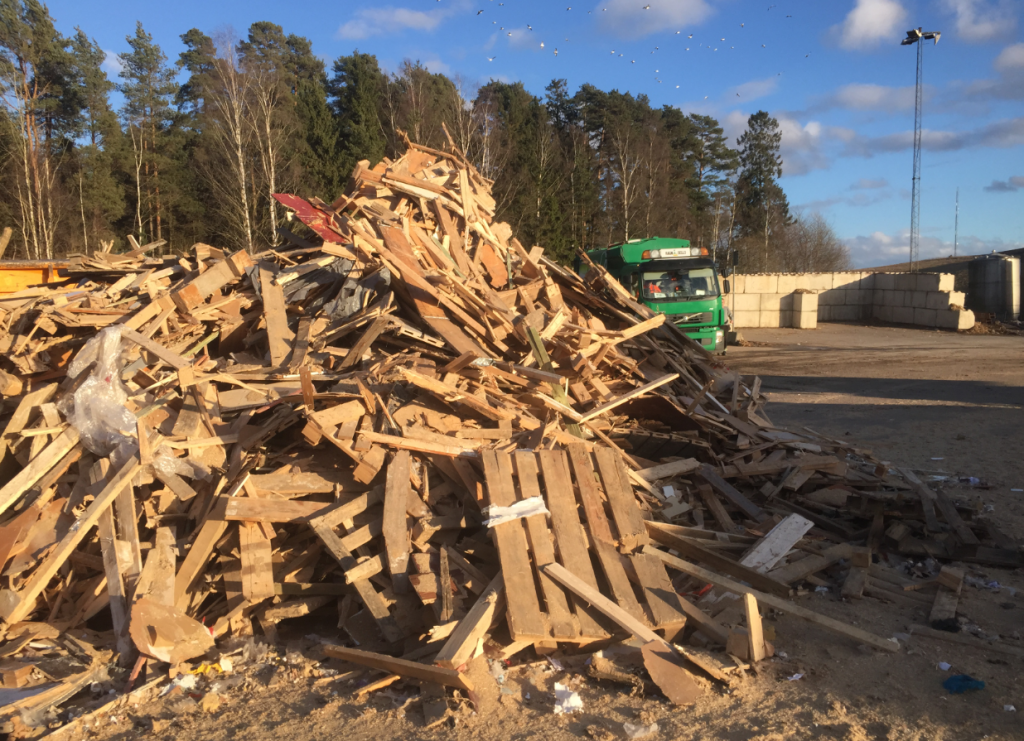
Finding solutions for ash related operational problems in waste wood-fired bioenergy plants by means of additives.
The combustion of clean and contaminated waste wood, so-called B wood, has become a common practice in many European countries and is an important source of renewable electricity and heat. It provides a viable and sustainable end-of-life solution for B wood. However, this B wood often contains elements that increase the risk of problems in the boiler of the power plant, including slagging and corrosion. This leads to a lower efficiency and a shorter lifespan of the power plant.
This is not positive from both an environmental and an economic perspective. These ash related problems can possibly be reduced by adding additives.
Proposals are made for additives that can lead to reduced ash-related operational problems, and tests will be carried out on an industrial scale with these additives. Furthermore, it is investigated / demonstrated that these additives actually cause less deposits (and therefore maintenance). It is being investigated / demonstrated that the use of these additives can provide economic and environmental benefits.
Within the Eranet REFAWOOD project, various additives have been tested on an industrial scale in various plants in Poland, Sweden, Austria and Germany.
Results
Refwawood’s results were presented at the European Pellet Conference 2019 in Wels, Austria. You can read the results in this report. Also watch the project videos below.

Lokaal opwekken, lokaal gebruiken

Deze gaan we nog vaak terugzien

Recycling Water Bottles into Circular Sports Products

FermiChem

Protein of Columbus
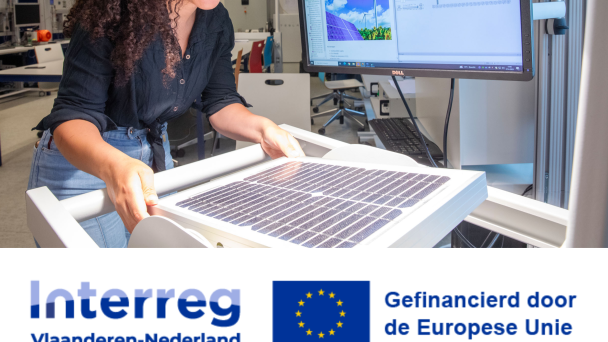
BIO-CAPPP
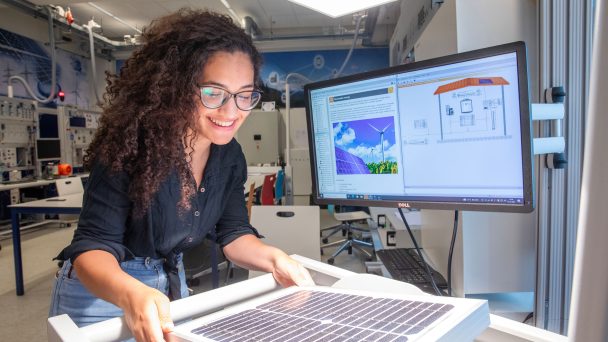
Energy Education
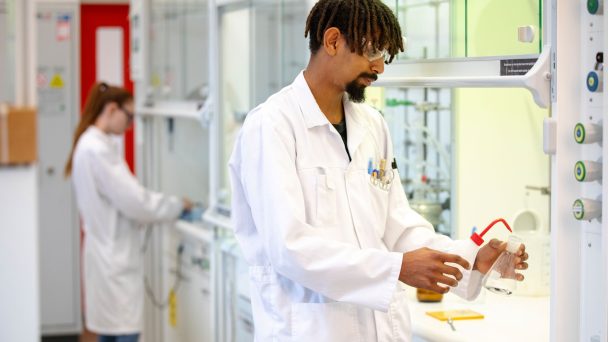
BIO-CAPPP
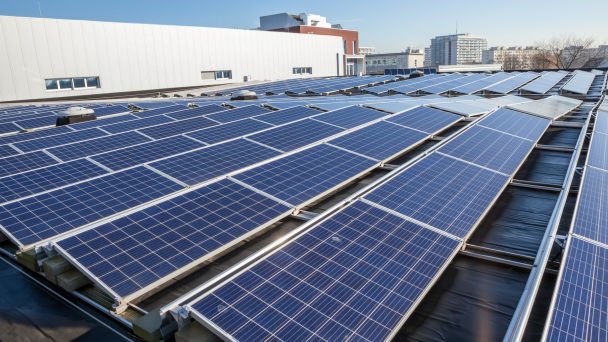
GESCHIKT: energy transition on business parks

Rapid Renewable Materials: the next step in sustainable construction.
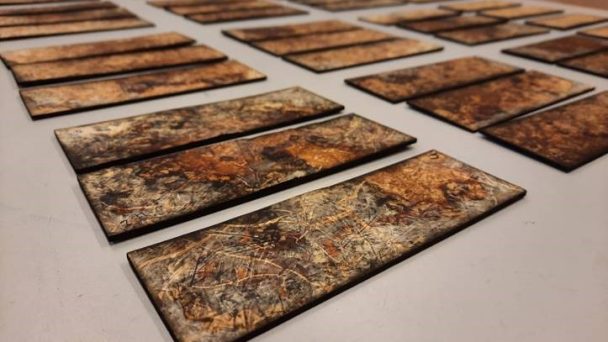
Mycelium on Board
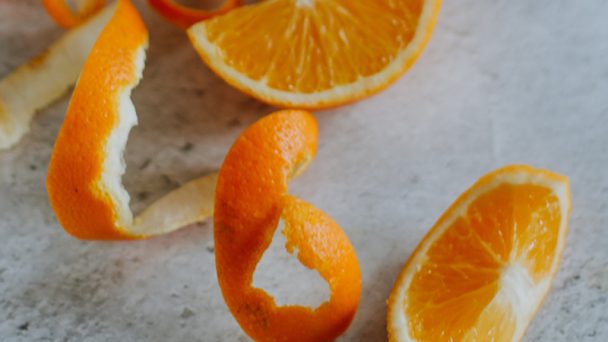
From orange waste to a green future
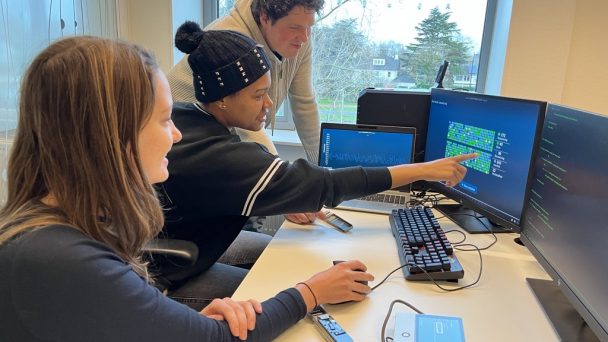
Blueprint of fungal genomes

BioGov.net
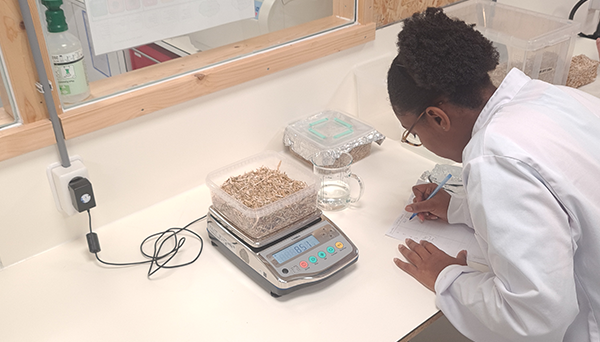
Water-resistant mycelium composites

Sustainable Particle Board
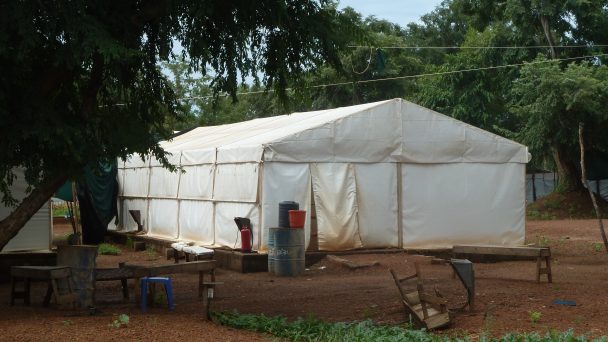
Circular Emergency Shelters
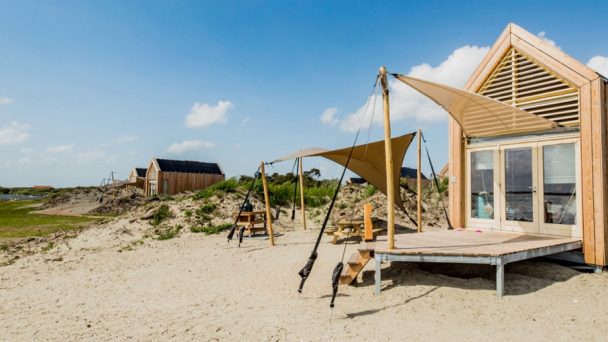
FACET
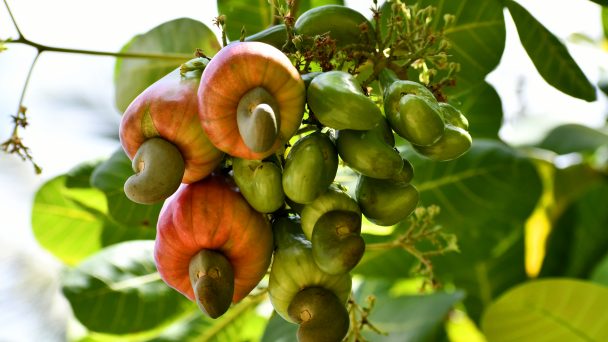
Totally Nuts: Circular Biobased Thermosets from Cashew Nutshells
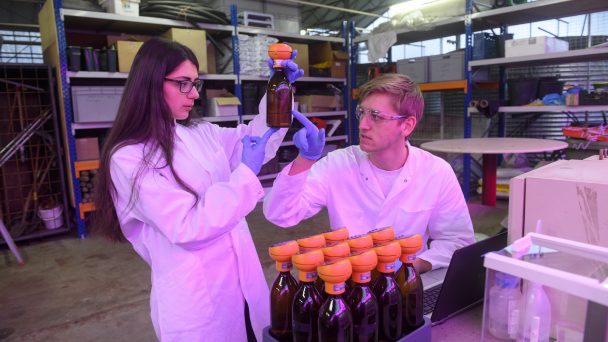
Biodegradation Coatings Stahl

Green Hub: Information hub value chains green residual flows
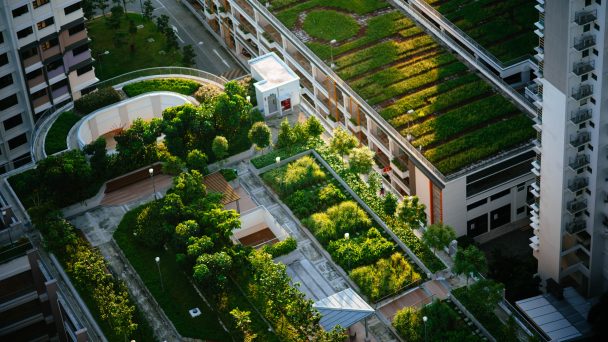
Acceleration of nature-inclusive area development
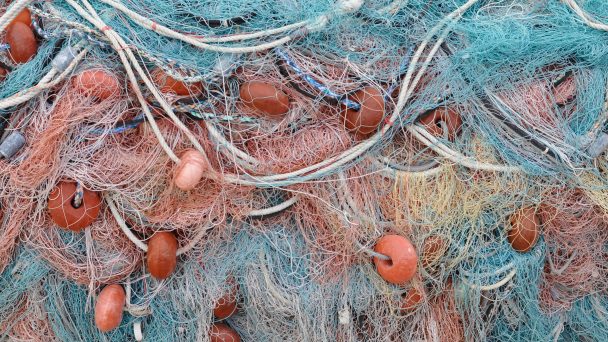
Reflow
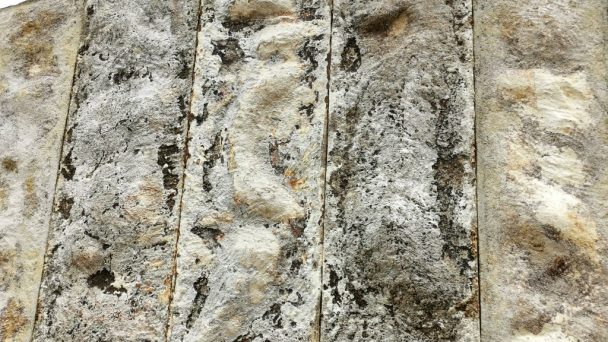
Biobased Insulation – Lifespan Determination (BILD)

Setting up and performing biodiesel trials in a coaster ship
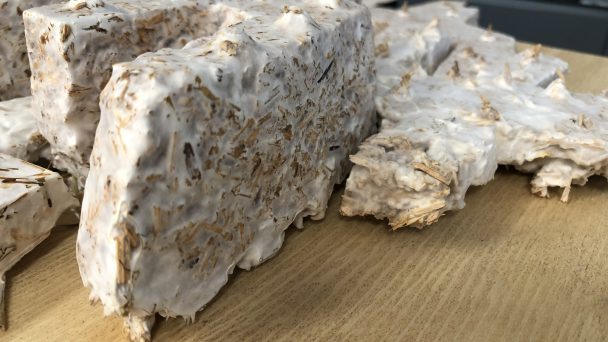
Mythic
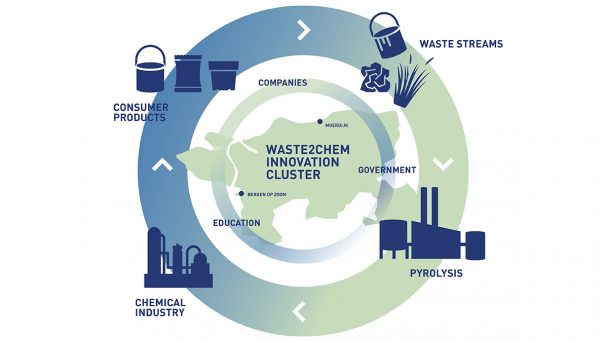
PyroCHEM: Waste2Chem Innovation Cluster
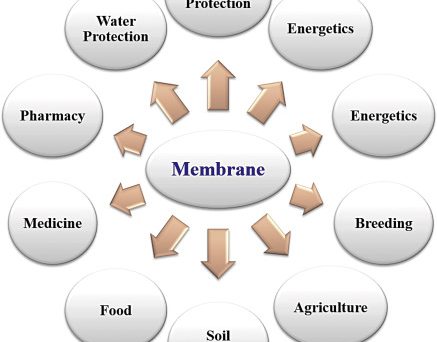
Membrane Technologies

Flestic
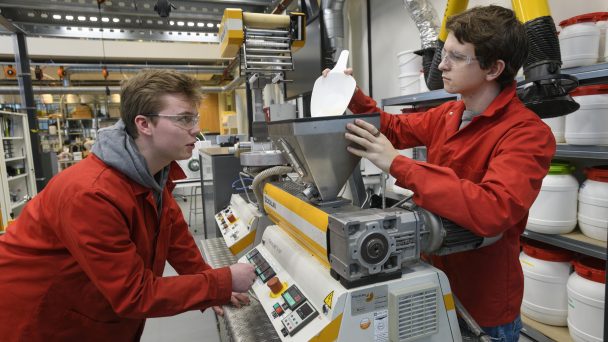
Direct extrusion of PHA-rich biomass
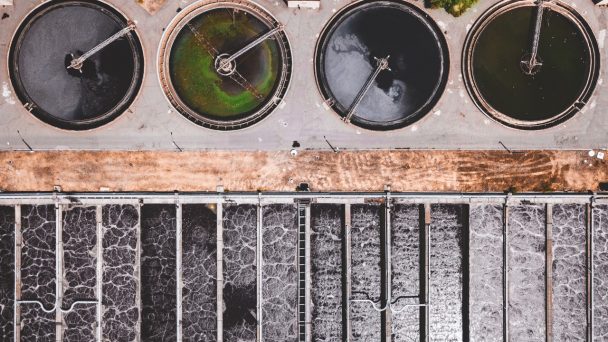
Production of bioplastics from residual streams (WoW! Capitalisation)

Powering Agrifood
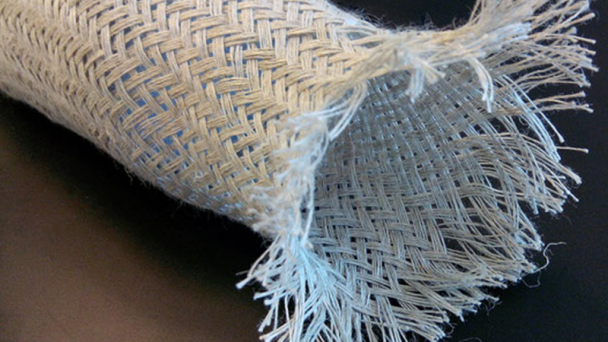
Smart Circular Bridge

Fungal Colourants

Learning Network Biobuilders
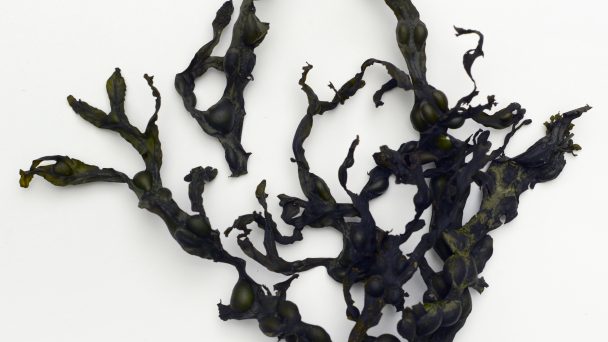
Orange in the Sea
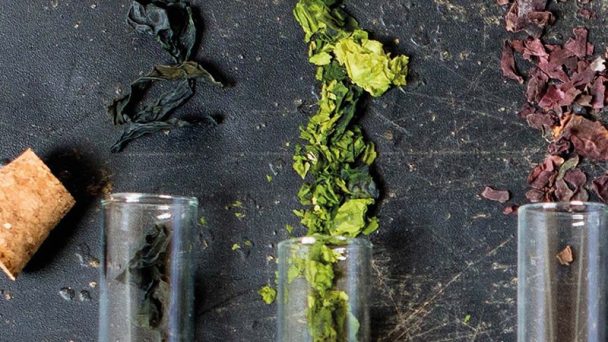
Amino Acids!
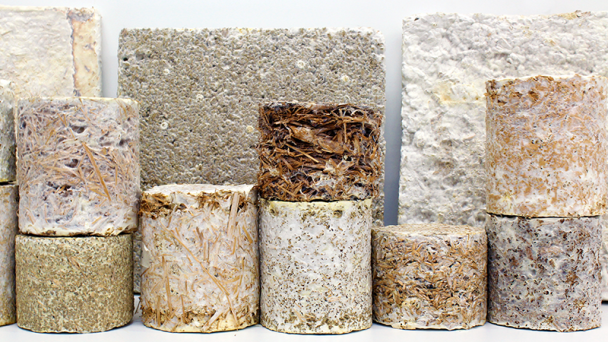
Building on Mycelium
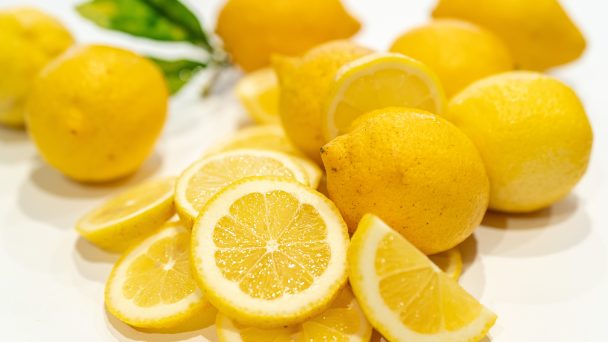
Follow-up S4G
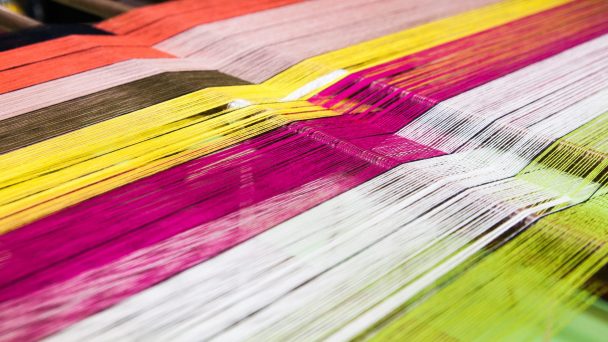
Colour Application Centre
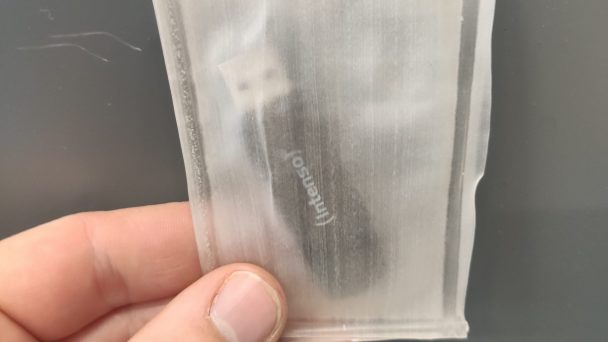
Making disposables disposable
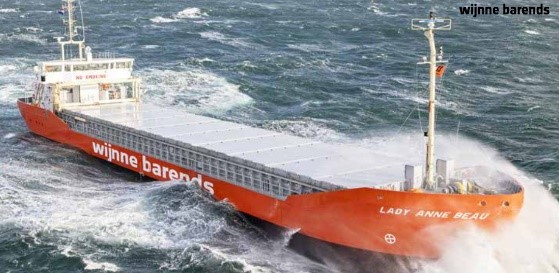
Making shipping more sustainable (Russia – Benelux)
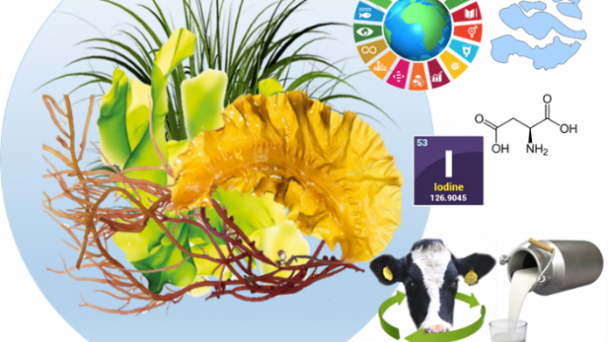
Zircular Seaweed food
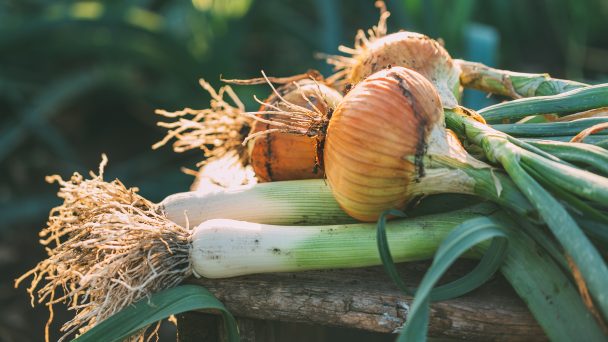
Extraction of pectins from onion skins
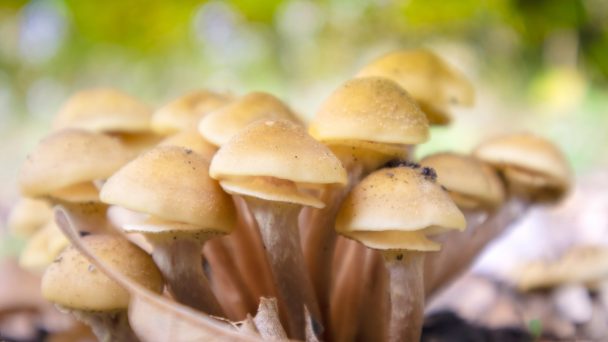
Growing Leather
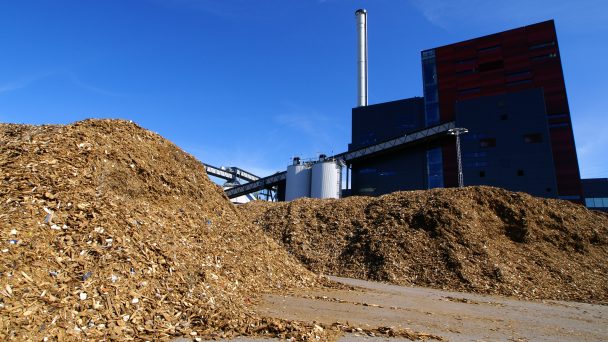
Learning Community Renewable fuels
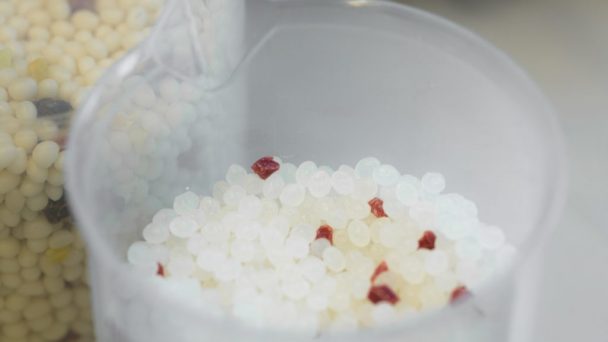
PHA accumulation capacity of Sewage Treatment Plant

NACO – Zero Waste Collective Oosterhout

Bio Iso (RAAK MKB)
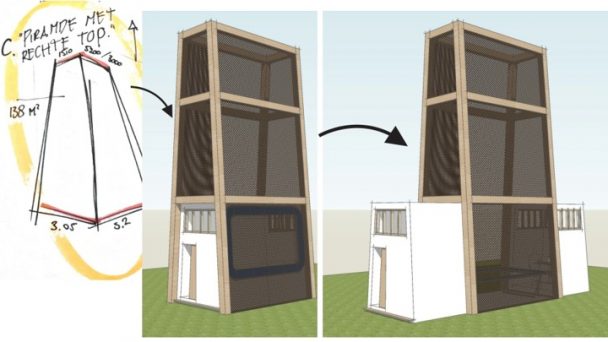
Design with RRM (rapidly renewable materials)
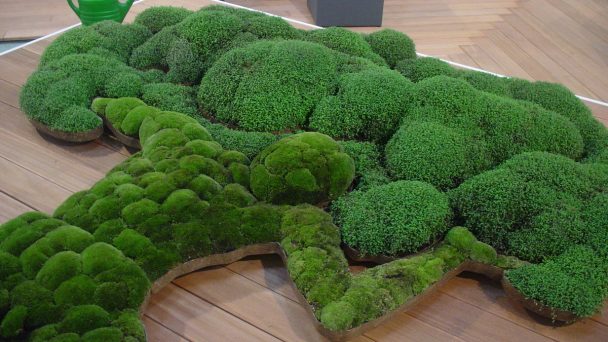
Resin biodegradation
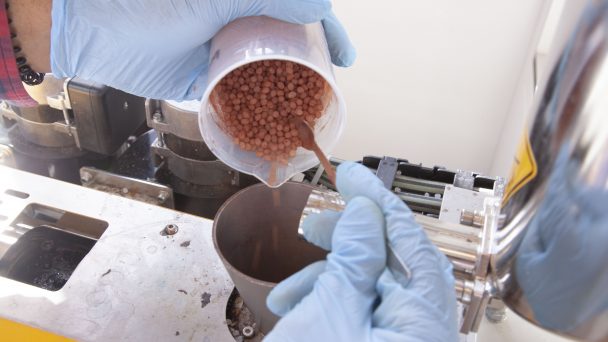
Biobased gadgets
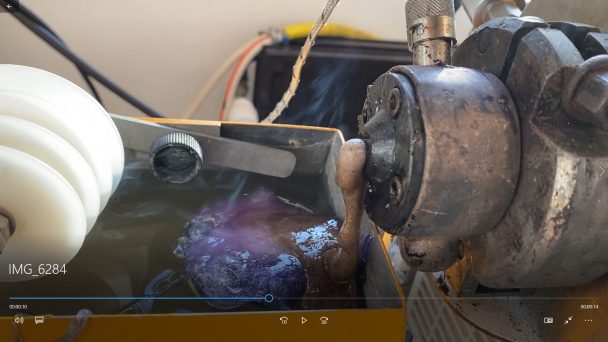
Biobased foam
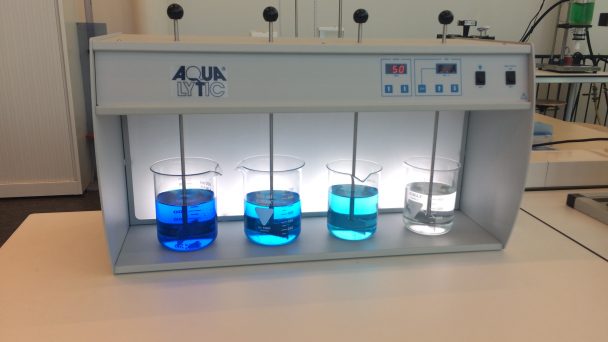
Biobased flocculants for water purification
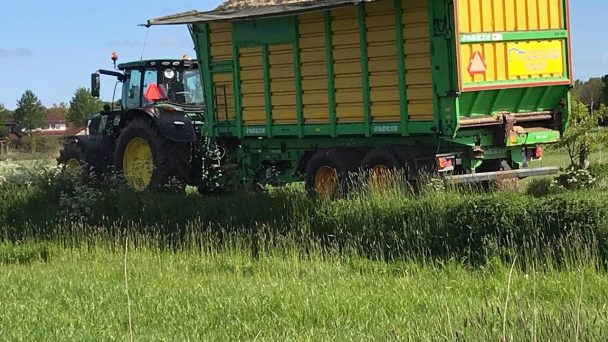
Viberscrete – biobased concrete
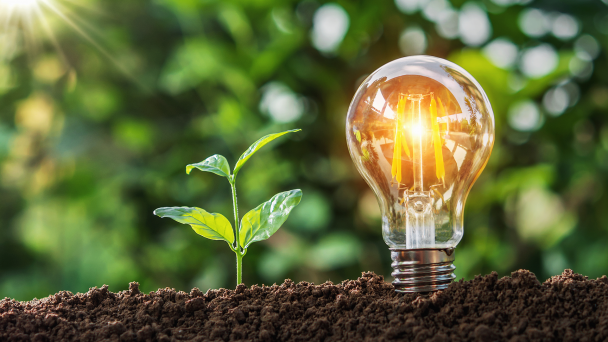
Innovation Traineeships
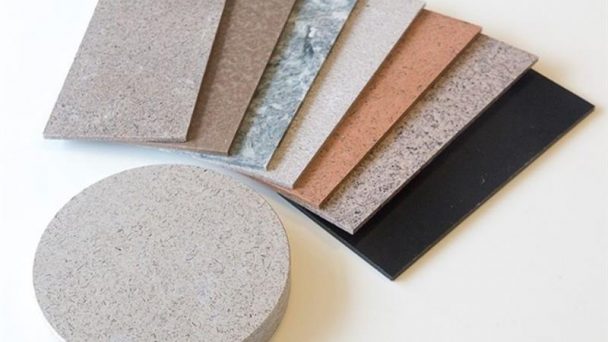
Building light
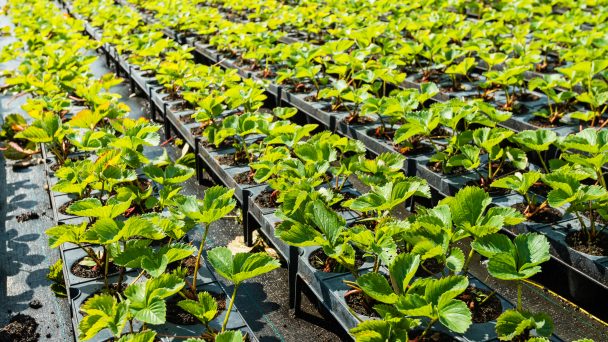
BioADD

CurCol

Learning community
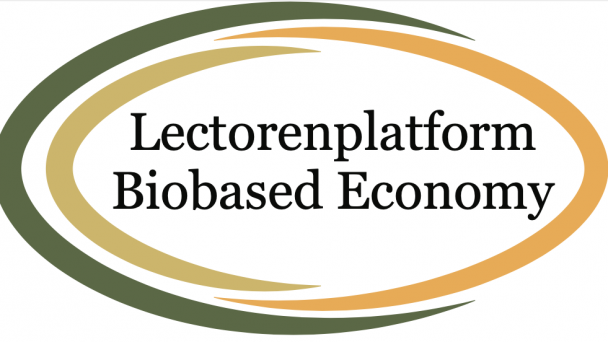
Professors’ platform Biobased Economy
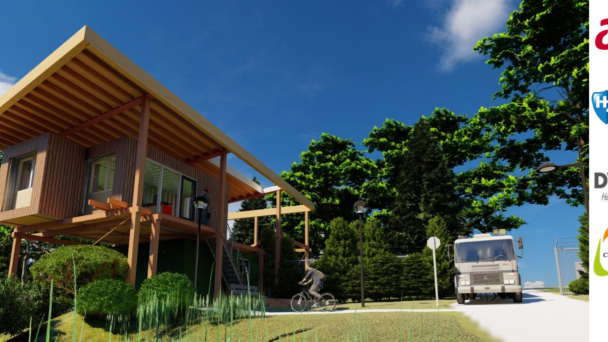
Porter’s lodge Delfland

Smart Circular Bridge
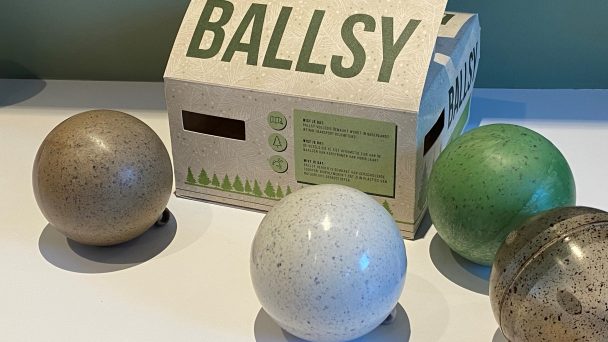
Biobased, circular Christmas bauble with packaging
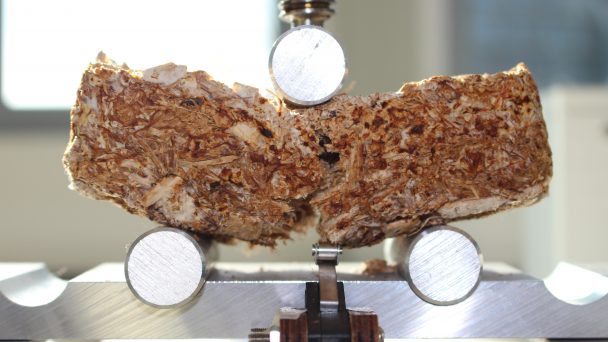
Mycelium boards
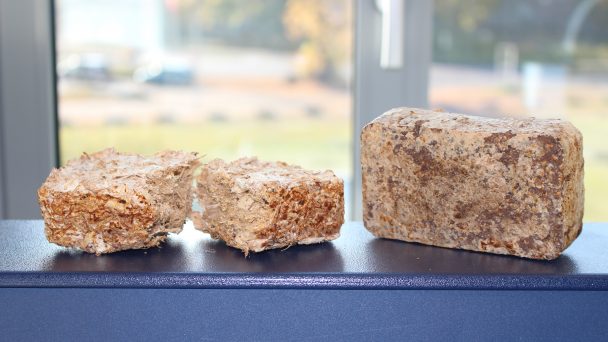
Coloring Mycelium

Back to the Materials of the Future
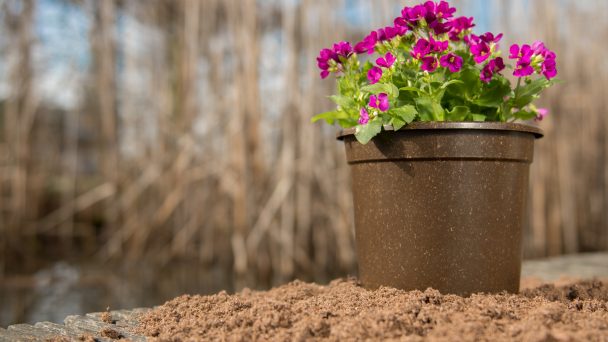
National Biobased Database
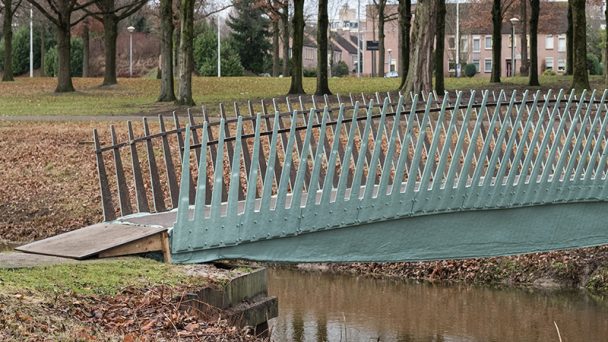
Structural Health in Biobased Constructions

Beauti-Fully Biobased Fibers
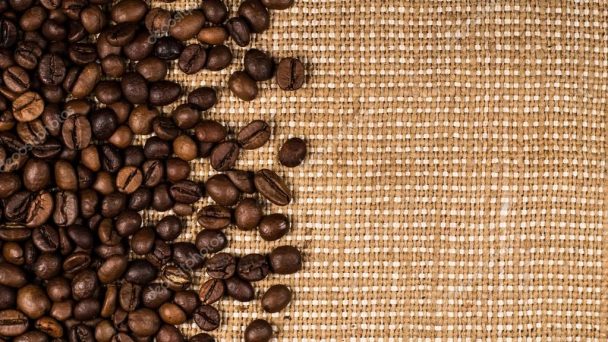
Coffee Silverskin Biomass Utilization
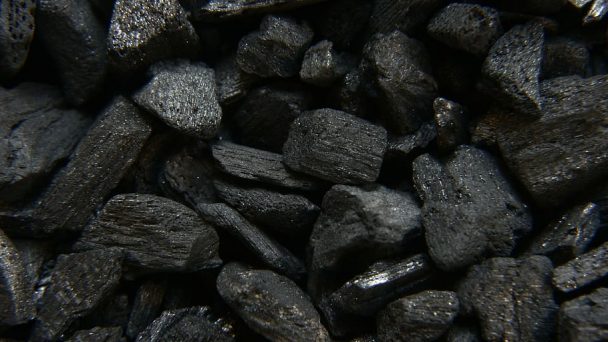
Sustainable solid biofuels
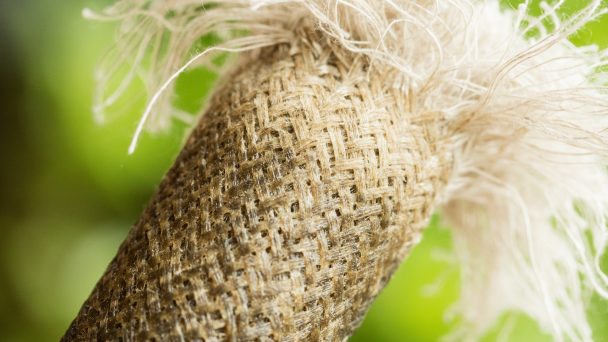
Biobonding: Improved biocomposites
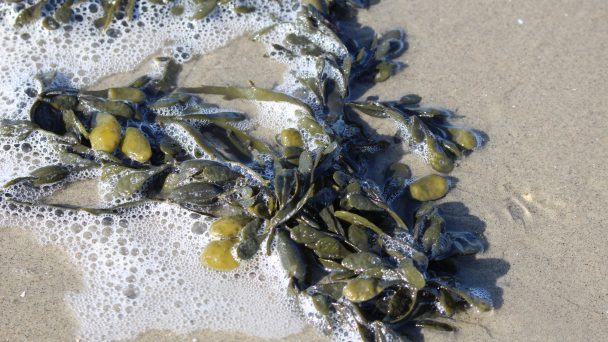
ZCORE (from Seaweed to COating Resin applications)
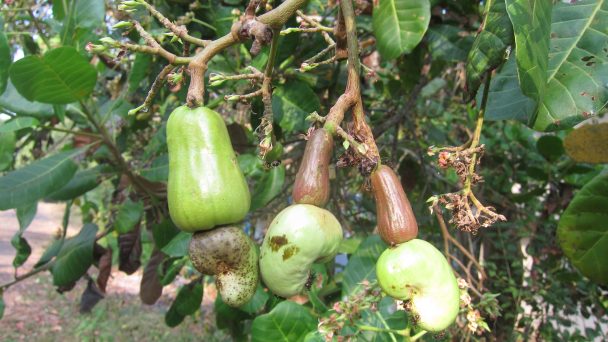
Cashing cashew
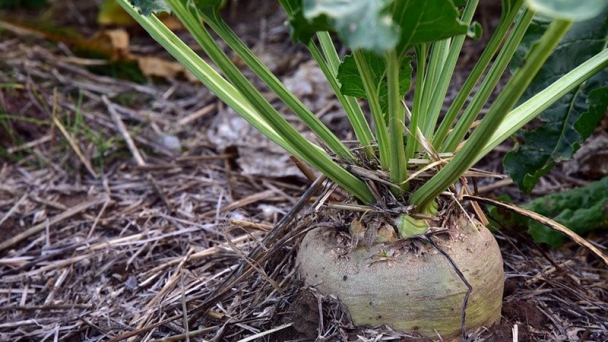
Material research for 3D printing
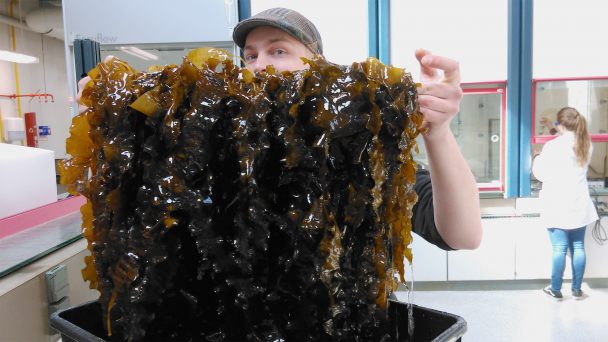
Seaweed Sterols
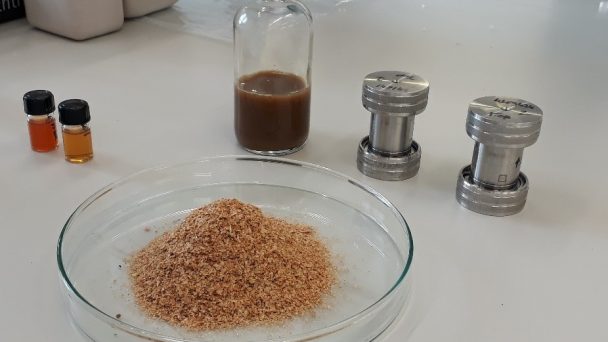
Onion deserves more
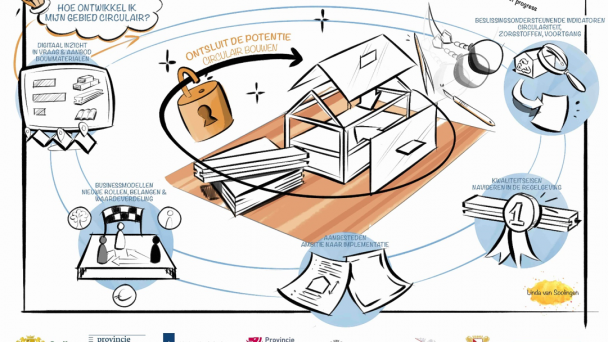
Circling in construction
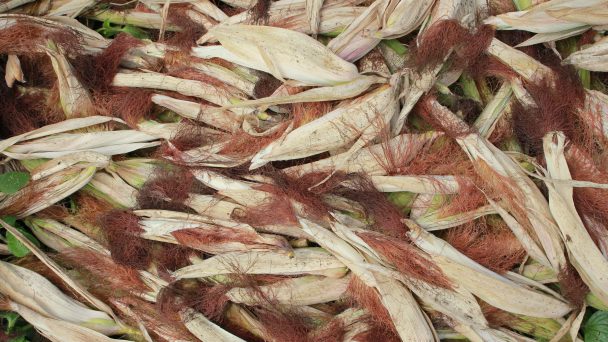
Biomass flows in the province of South Holland
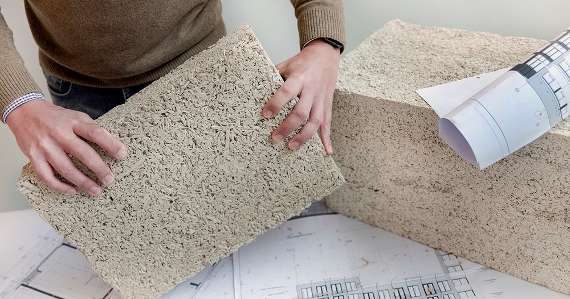
Circular Bio-based Construction Industry (CBCI)
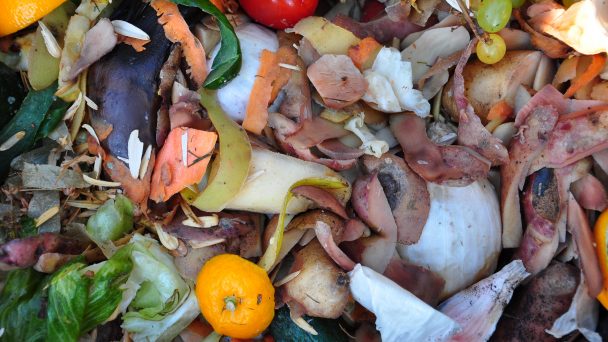
Biodegradability of biopolymer and biopolymer composites

BBM+
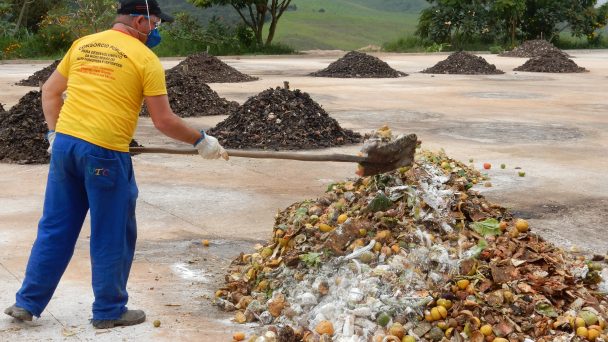
Opportunities for composting in Brazil
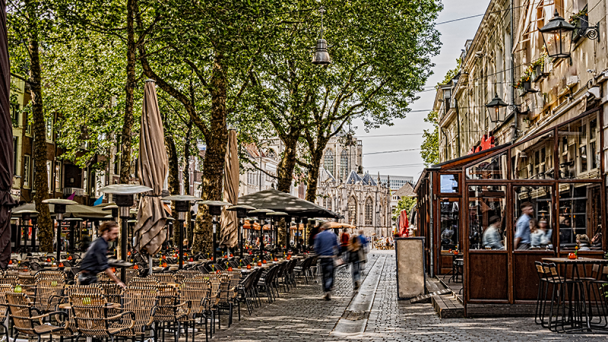
Stadsjutters Breda

Innovation tables
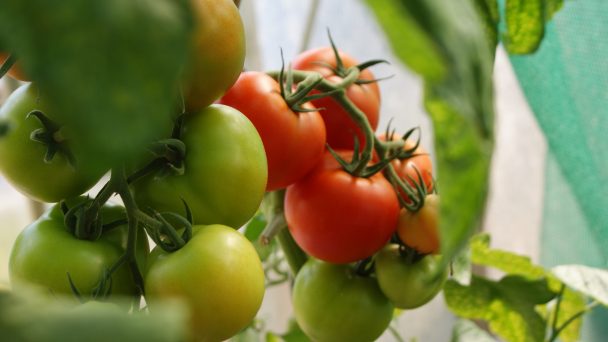
Tomatozyme
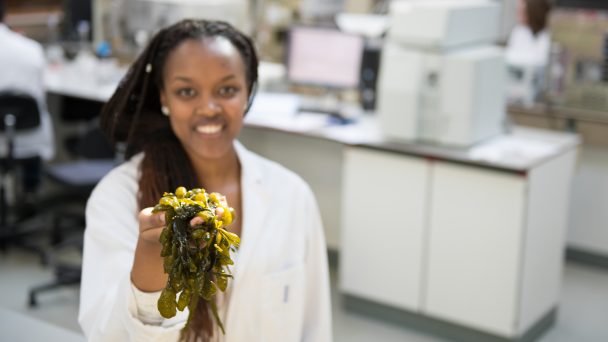
MAA’s from algae

Sensor wise Biobased
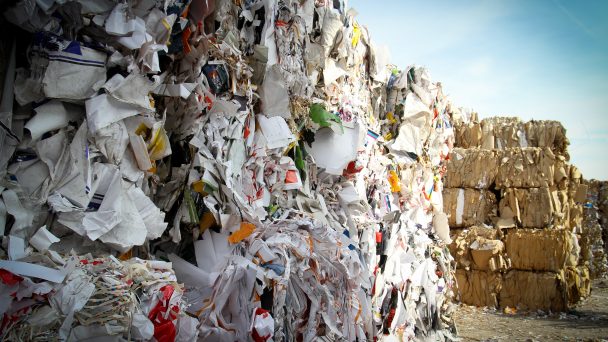
Pyrolysis Experimental Garden South
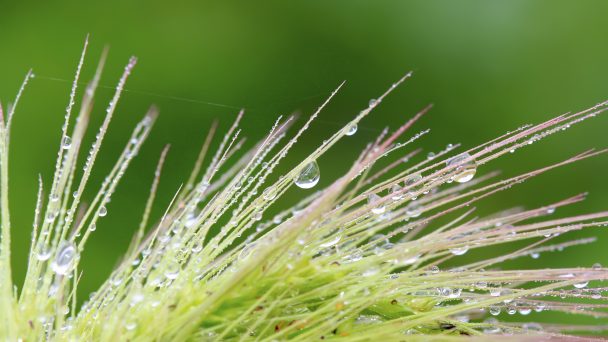
Grassification
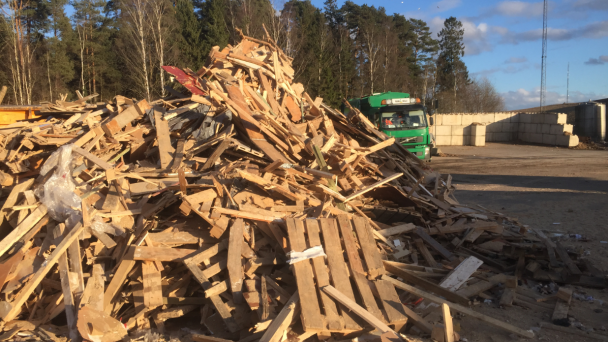
REFAWOOD
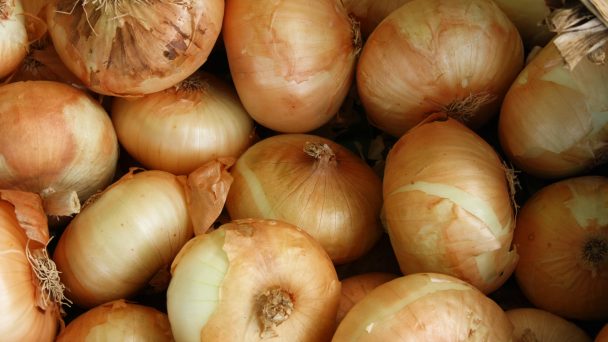
Valuable ONION
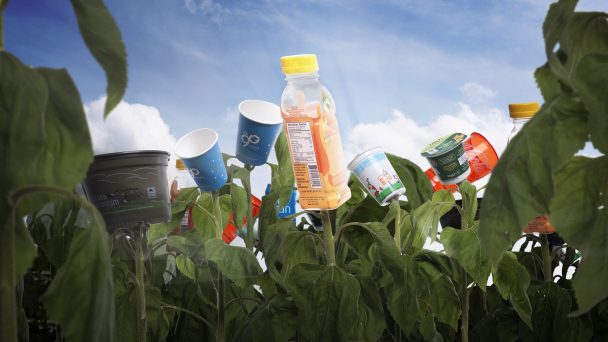
Biobased Network
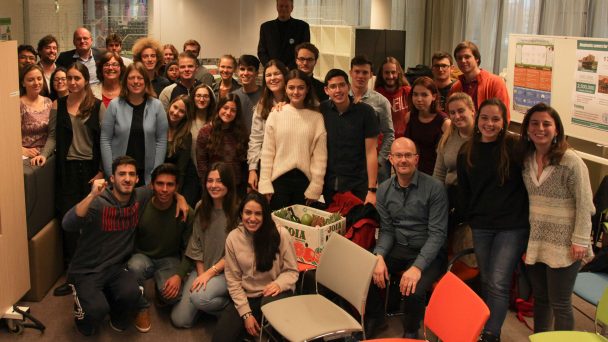
Living Lab Biobased Brazil
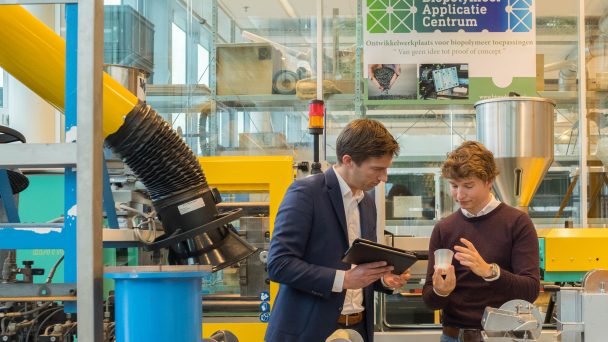
Biopolymer Application Center

Borderless Biobased Education

Living Colors
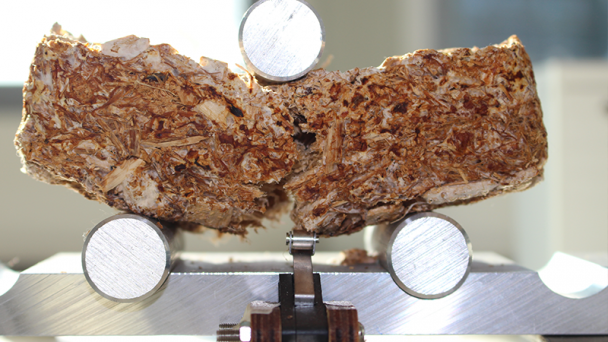
Mycelium

BioCOLOUR

BioCannDo

Blue Chain

WOW!
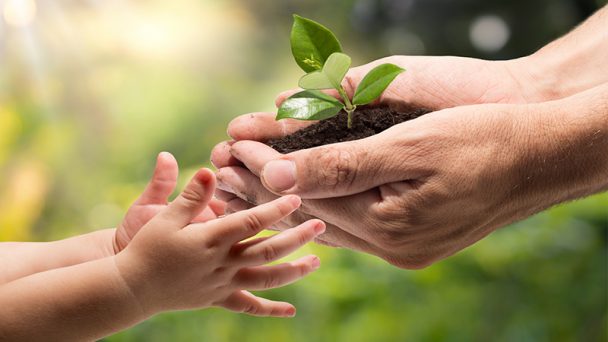
Green Growth

Biobased Challenge

Biobased bridge

Pure Nature: 100% Biobased

National Biobased Knowledge Network
